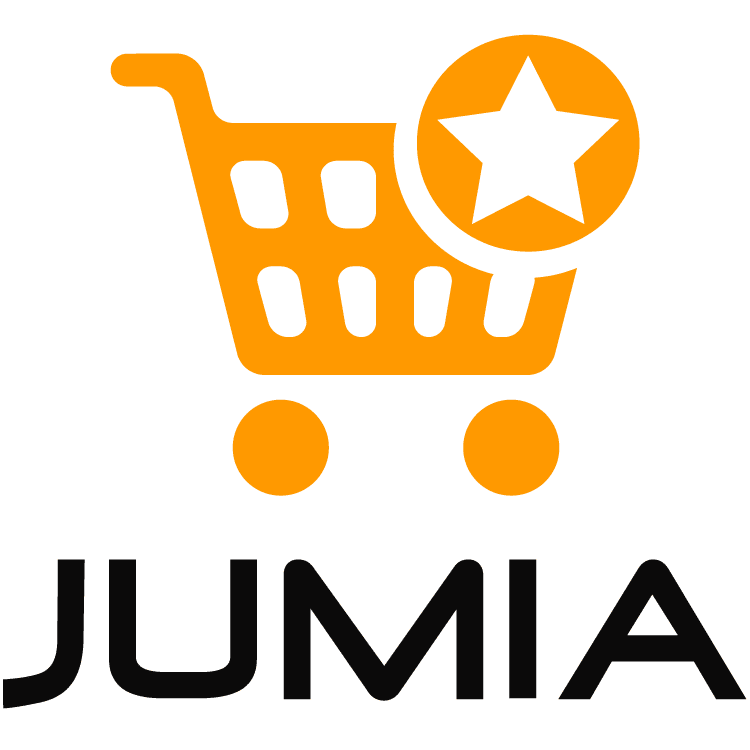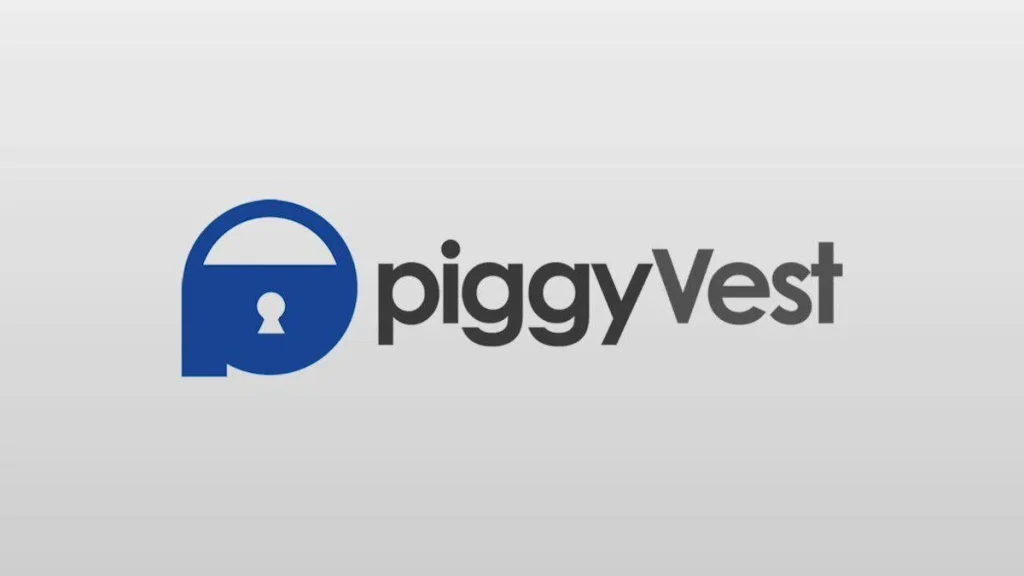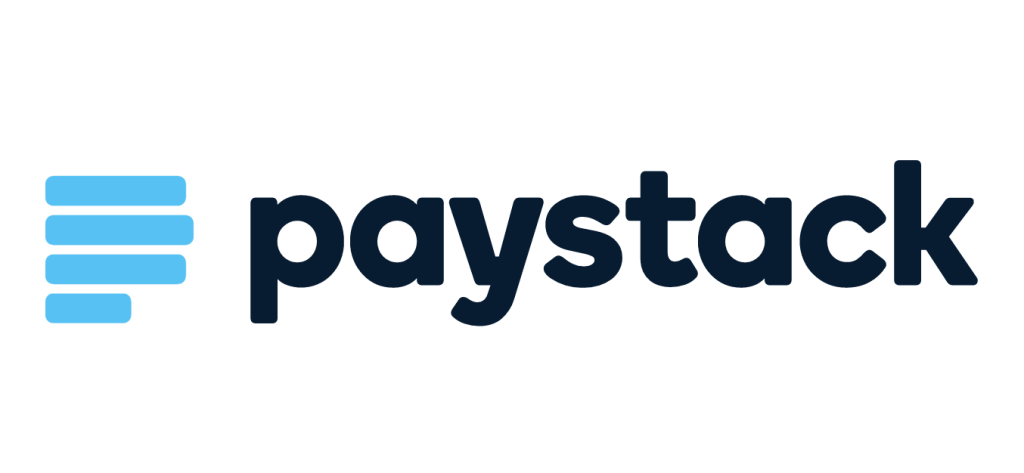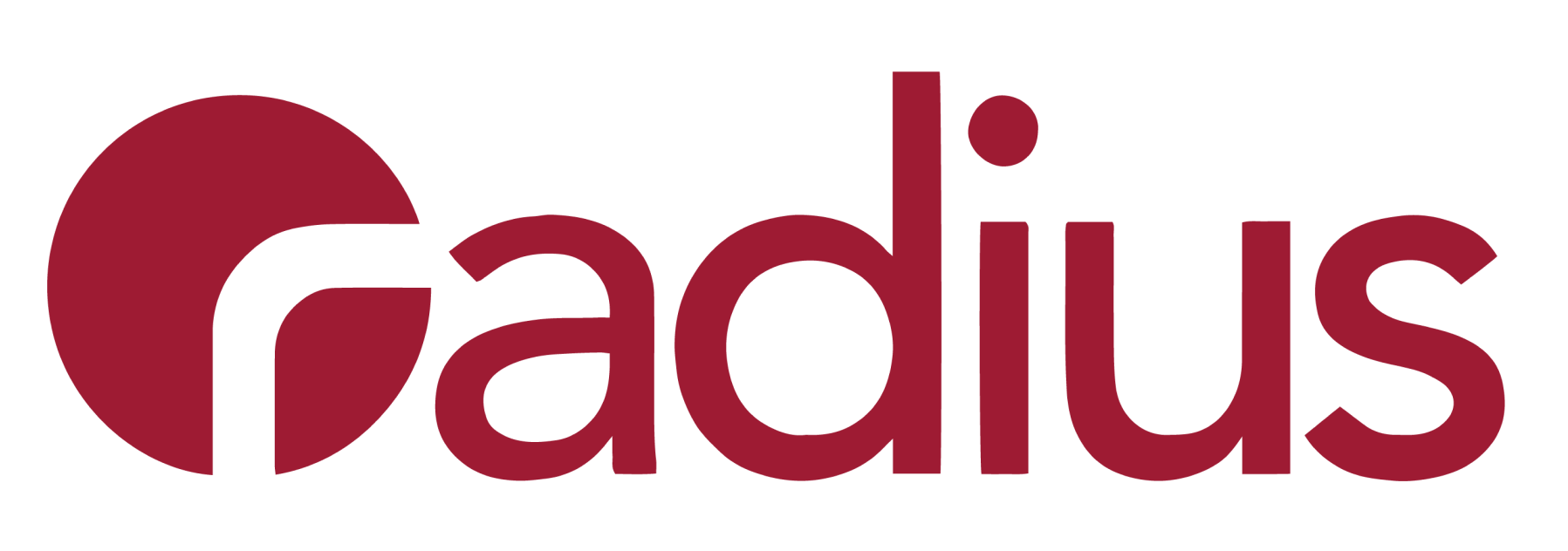Acquiring new customers is crucial for business growth and sustainability, especially in Nigeria, where it can be up to five times more expensive than retaining an existing customer, according to McKinsey & Company.
Marketing strategies can be categorized as offline (traditional methods) or online (digital methods) and include content marketing, influencer marketing, email marketing, social media marketing, referral marketing, and search engine marketing (SEM).
This article will explore the user acquisition strategies and tactics used by popular apps in Nigeria, helping businesses to develop a user acquisition plan that aligns with their goals and target audience.
WHAT IS THE NEED FOR USER ACQUISITION IN THE NIGERIAN MARKET?
User acquisition is critical for business growth and success, and this is especially true in the Nigerian market. Here are some reasons why user acquisition is essential in Nigeria:
Large and growing population: Nigeria has a population of over 200 million people, with a rapidly growing middle class. This presents a significant opportunity for businesses to acquire new users and expand their customer base.
Increasing internet and mobile penetration: Nigeria has over 100 million internet users and over 172 million active mobile subscribers. This presents a significant opportunity for businesses to leverage online and mobile channels to acquire new users and tap into the country’s rapidly growing digital economy.
Growing e-commerce market: Nigeria’s e-commerce market is rapidly growing, with an estimated market value of $3.5 billion. This presents a significant opportunity for businesses to acquire new users in the online retail space and compete with established players.
Fintech growth: Nigeria’s fintech industry is expected to reach a market value of $743 million by 2024. This presents a significant opportunity for businesses to acquire new users in the fintech space and provide innovative financial products and services.
Let us look at some successful user campaigns;
In 2019, PIGYVEST launched a campaign called “PiggyBank Stories” that encouraged users to share their savings stories on social media using the hashtag #PiggyBankStories. The campaign went viral and helped Piggyvest gain new users and increase engagement.
In 2020, Flutterwave launched a campaign called “The Unstoppable Campaign” to showcase how their platform helped small businesses and entrepreneurs during the COVID-19 pandemic. The campaign featured videos of small business owners sharing their success stories and how Flutterwave helped them stay afloat during the pandemic.
In 2019, Jumia launched a campaign called “Jumia Mobile Week” to promote sales of mobile phones on their platform. The campaign featured discounts on popular smartphone brands and attracted a lot of customers, helping Jumia increase its revenue and market share.

Jumia has been in business since 2012 and has had its mobile app downloaded over 10 million times. (Jumia. (n.d.). About us. Retrieved March 16, 2023, from https://group.jumia.com/about/)
Jumia has employed various strategies to acquire users for its app. They have focused on building a strong brand image and leveraging social media to engage with potential customers. Additionally, Jumia has invested in digital marketing campaigns, including influencer marketing and targeted advertising to attract users to their platform.
One of the biggest challenges that Jumia has faced is the relatively low adoption of e-commerce in Africa compared to other regions. Making it difficult to attract and retain users for their platform. Jumia tried and failed its attempt to launch a mobile money service in Africa. While mobile money is popular in Africa, Jumia’s mobile money service failed to gain traction, and the company eventually shut down the service.
To succeed, Jumia has focused on providing quality customer service, delivering a seamless user experience, and leveraging technology to streamline operations.

As of February 2023, Piggyvest has over 2 million users. ( Piggyvest. 2023, February. Piggyvest Milestones. Retrieved March 16, 2023, from https://www.piggyvest.com/milestones)
Piggyvest used social media marketing, influencer marketing, and referral programs to acquire users. They also offered incentives such as cash bonuses for referring friends to the platform. Piggyvest faced challenges in building trust with users and overcoming the skepticism that many Nigerians have towards online financial services. Its success was largely due to its ability to build trust with users through transparent communication and offering incentives for referrals.

As of March 2023, Flutterwave has processed over 140 million transactions worth over $9 billion. (Flutterwave. 2023 Flutterwave reaches over $9 billion in processed transactions. Retrieved March 16, 2023, from https://flutterwave.com/press-releases/flutterwave-reaches-over-9-billion-in-processed-transactions/)
Flutterwave focused on building partnerships with businesses and offering a seamless payment experience to their customers. They also used content marketing to educate potential users on the benefits of their platform. Flutterwave faced challenges in building trust with users and overcoming the perception that online payments were not secure and its success was largely due to its ability to build trust with users by offering a seamless payment experience and educating potential users on the benefits of its platform through content marketing

Paystack launched in 2015, As of October 2023, Paystack had over 100,000 merchants using their platform. (Paystack. n.d. About. Retrieved March 16, 2023, from https://paystack.com/about)
Paystack used a combination of content marketing, referral programs, and partnerships with businesses to acquire users. Paystack faced a lack of trust among potential users. Many Nigerians were skeptical of online payment platforms and were hesitant to use Paystack. To overcome this challenge, Paystack focused on building a reputation for security and reliability.
Paystack’s merchant-focused strategy was one of their most successful acquisition strategies. By building relationships with merchants, Paystack was able to tap into its existing user base and expand its reach.

Bolt is a ride-hailing platform that operates in Nigeria and other African countries. The app was founded in 2013 and has grown rapidly over the years. As of March 2023, Bolt has over 10 million registered users in Nigeria alone.
Bolt’s user acquisition strategy is centered around offering affordable rides and providing a seamless user experience. The app has also invested heavily in marketing campaigns to increase brand awareness and attract new users.
One of the main challenges faced by Bolt in acquiring new users is the intense competition in the ride-hailing industry. The app has had to compete with established players like Uber and Taxify as well as other new entrants. Additionally, regulatory issues and safety concerns have also affected user acquisition in some regions.
Failed Strategies:
Bolt has had to pivot its user acquisition strategy several times to stay competitive. One strategy that did not work out was offering deep discounts to new users. This resulted in a high churn rate, as many users would only use the app when there was a promotion, then switch to a competitor when the promotion ended.
To acquire and retain users, Bolt has focused on providing excellent customer service and a seamless user experience. The app has also invested in technology to improve safety and security, such as facial recognition for drivers and riders. Additionally, Bolt has diversified its services to include food delivery and courier services to increase revenue and attract new users.
In conclusion, user acquisition can be a daunting task for Nigerian apps due to various challenges, including limited resources, competition, and lack of trust in online platforms. However, these apps have implemented different strategies, such as partnerships, referral programs, and social media marketing, to overcome these obstacles and acquire new users. In the next part, we will explore practical approaches that startups or established businesses can implement to improve their user acquisition and retention strategies.
In the second part of this article, we will delve into practical approaches for improving user acquisition strategies for startups or established businesses. We will explore various techniques, such as creating a strong value proposition, optimizing landing pages, leveraging social media, and using paid advertising, that can help businesses increase their user base and improve customer loyalty. However, it’s not enough to just implement these strategies; it’s essential to measure the effectiveness of these efforts through various metrics and tools. We will discuss key performance indicators (KPIs) such as customer lifetime value, churn rate, conversion rate, and analytics platforms that businesses can use to measure user acquisition success. By analyzing these metrics, businesses can identify areas of improvement and make data-driven decisions to refine their strategies and optimize their efforts for acquiring and retaining more users. Ultimately, the ability to measure user acquisition success is critical for sustained growth and success in today’s competitive market.

